How to Choose Sweet Mandarins Without Seeds
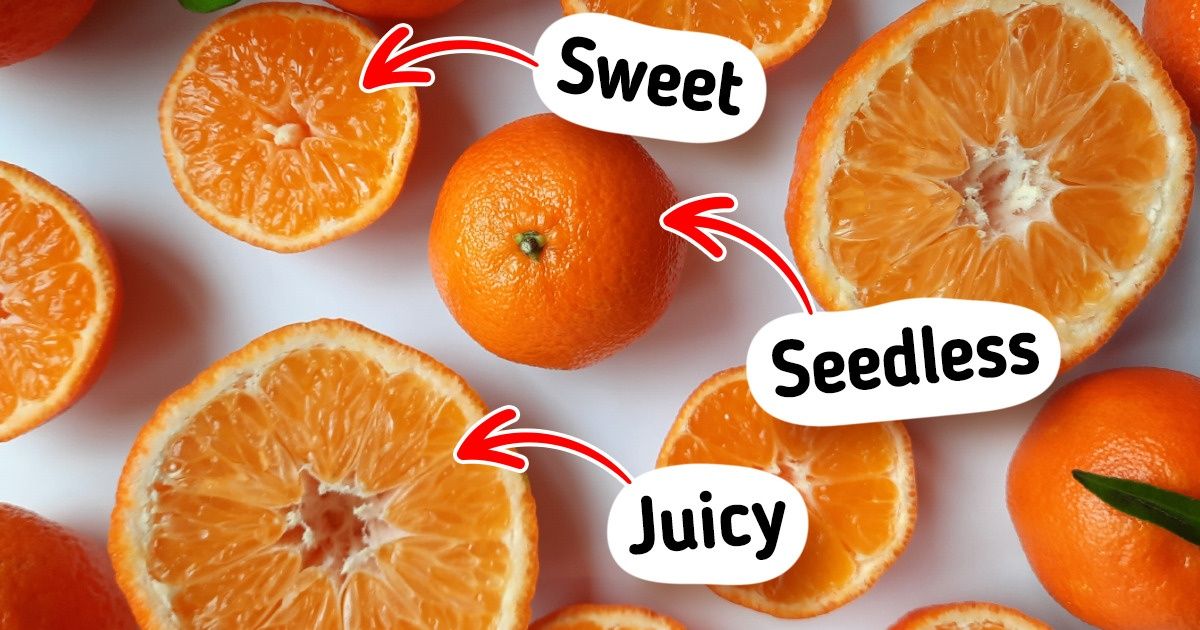
Various tangerines can be found on the shelves of stores — big and small ones, round and slightly flattened ones, and light-colored or saturated orange colored ones. But how do you find the ones that will taste sweet and that won’t have any seeds among all these varieties?
5-Minute Crafts offers simple instructions on how to distinguish tangerines, their different types, and hybrids to help you choose sweet and seedless kinds among them.
What types of mandarins exist, and fruits that resemble them
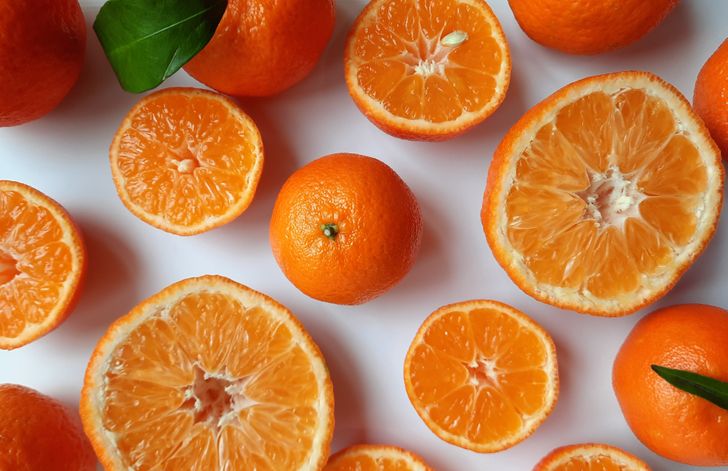
Mandarins are not a type of orange. Together with the orange and lemon, mandarins are representative of the citrus genus and share the same Rutaceae family with them. There are several features that characterize most mandarins:
- The fruit itself is normally not round but slightly flattened on top.
- The color of mandarins’ peels is darker and more saturated than that of oranges.
- It’s easy to remove the peel from the pulp.
- It has sweet pulp inside.
There are mandarin hybrids that are considered separate species. It’s hard to see the difference visually, which is why they’re oftentimes sold as mandarins. As a result, buying them becomes a lottery, and you can easily end up buying a sour-sweet hybrid with seeds and a thick peel that will be hard to remove.
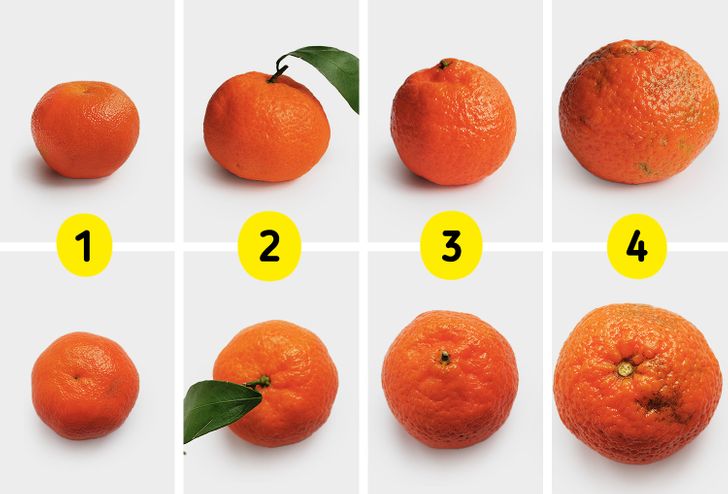
There are 4 types of fruit in the picture above. They look similar but, in fact, they are not:
1. The clementine is a tangor, a hybrid of mandarin and sweet orange. Clementines are small, with thin peels, they’re sweeter than most mandarins, and, most often, they are seedless or have 1-2 seeds in each fruit. Sometimes producers indicate on the label, which is located on the box of fruit, that those are not simply mandarins but clementines.
2. The fruit in this picture is oftentimes called the honey mandarine of the Murcott species, but it’s also known as the honey tangerine. It’s also a “tango” of the Murcott variety. This fruit is of medium size, it can be flattened on top and looks like a ball, it has a thin peel that is difficult to remove, and its color becomes yellowish-orange when the fruit ripens. The pulp has a juicy and saturated taste. It’s hard to recognize such a “mandarin” visually, which is why you should be sure to check any stickers — manufacturers often indicate the word Murcott on them.
3. This is a tangerine that is considered a variety of mandarin, but sometimes it’s perceived as a separate species. Tangerines are medium in size and orange-red in color, with a thin skin that is easy to remove. There are seeds inside, but there are few of them, and the pulp is sweet. Tangerines should not be confused with tangelos, a hybrid of tangerine and pomelo. It’s easy to recognize tangelos by their shape — this fruit is more rounded but with a pronounced neck at the place where the fruit attaches to the tree. There is sweet and juicy pulp inside the fruit, which is perfect for making freshly-squeezed juice.
4. It’s also a tangerine of the Sunburst variety, obtained by crossing 2 types of tangelos, which, in turn, are hybrids of tangelo and clementine. This fruit has quite a large size compared to other mandarins and hybrids, it has a saturated bright-orange color, and it’s more rounded. It has a juicy and sweet pulp inside, several seeds, and the fruit itself is easy to peel.
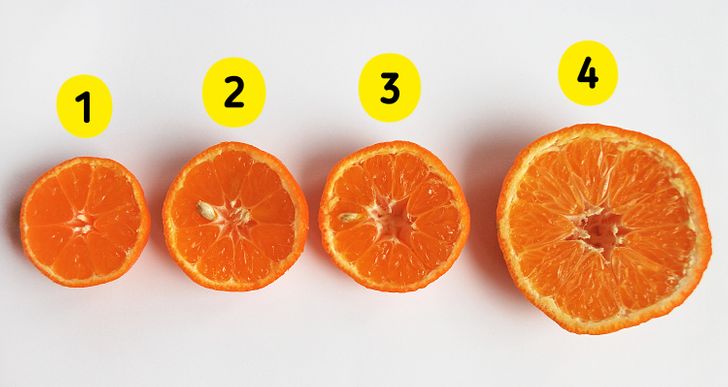
Therefore, all fruits that resemble mandarins are quite similar to each other. But there are several significant differences:
- Most mandarins are easy to peel, and they usually have sweet pulp.
- Tangerines have a thin peel, they are a bit larger, and the color of their skin is more saturated.
- Clementines are smaller than tangerines, and they normally don’t have seeds, which is why people often buy them for kids.
- The tangelo is larger than tangerines, it’s easy to peel, and it has a tart, juicy pulp.
How to choose sweet and ripe mandarins
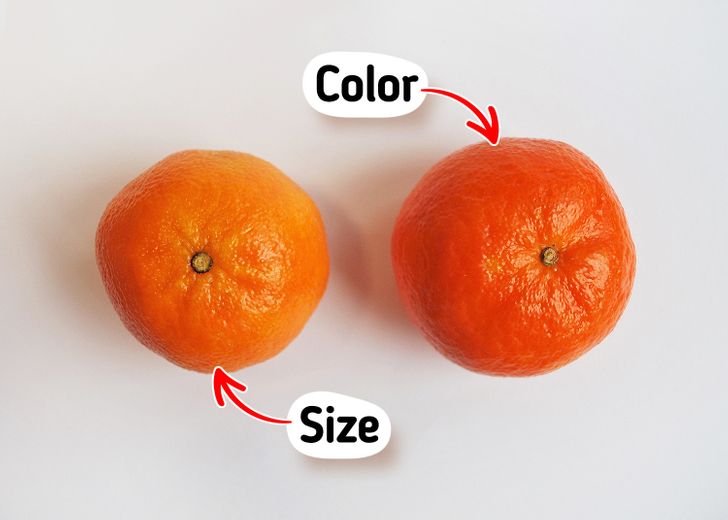
- If you like sweet mandarins without seeds, look for unshiu mandarins (they are also called satsuma) and clementines. Most often, you can recognize them by their small size and skin of a saturated orange color that’s easy to remove.
- If you’re okay with the presence of seeds, then opt for Murcott mandarins.
- A large, juicy, and sweet fruit without seeds is known as the tangelo Minneola.
- If a mandarin seems too light to you, don’t buy it. Fruits with juicy pulp have more weight.
- Pay attention to the skin: it should be tight. If it’s saggy, it means the fruit is overripe.
- Examine the place when a mandarin was attached to the tree. It should be white and soft. If it’s brown in color and has dried out, it means the fruit itself has lost its freshness.